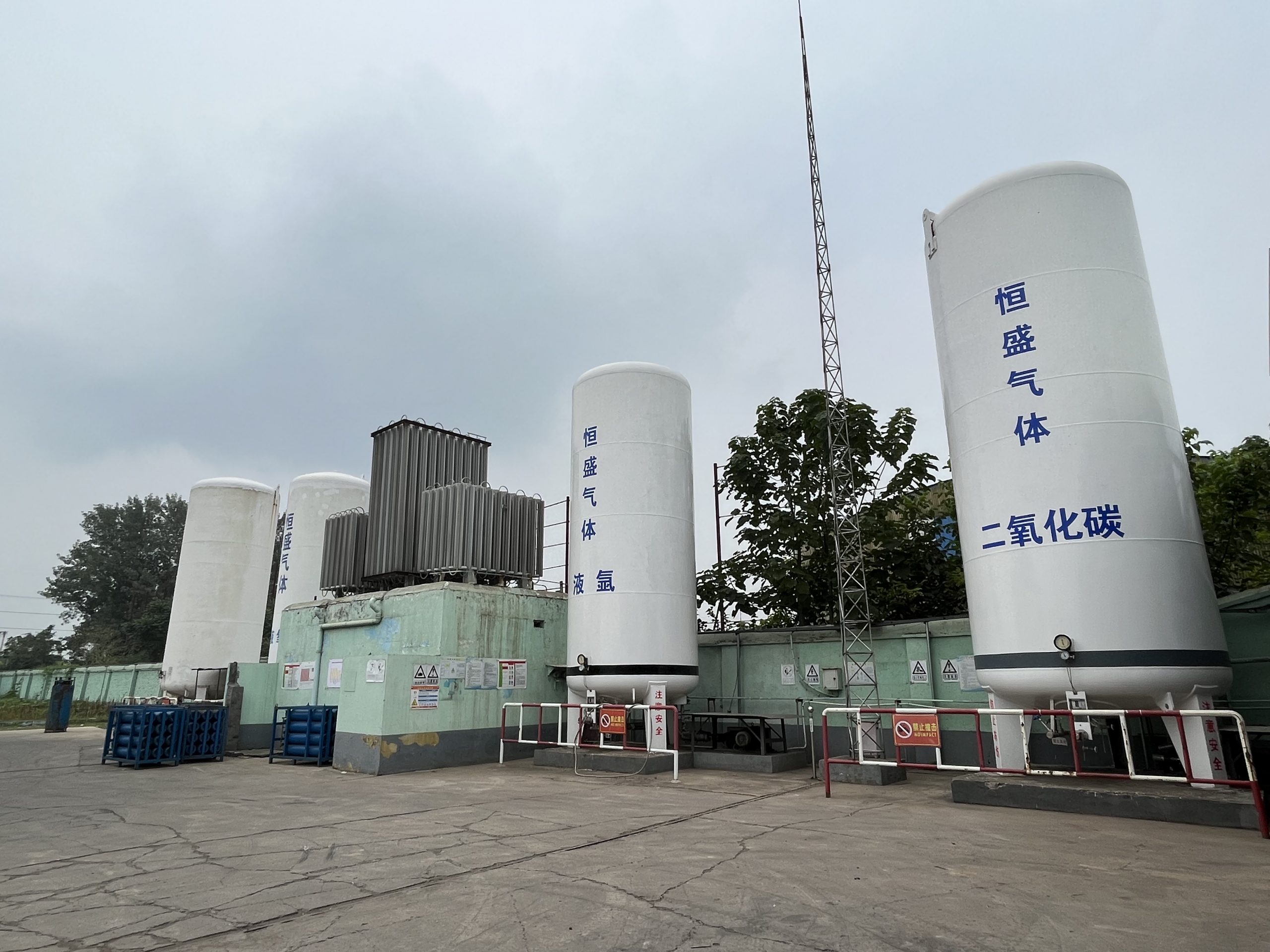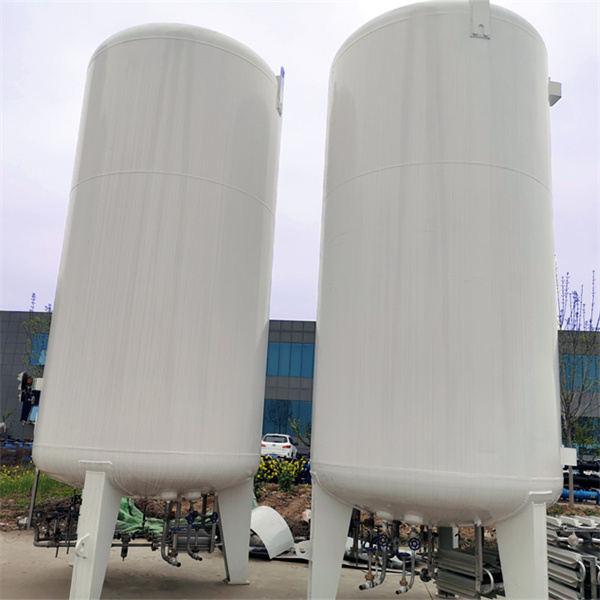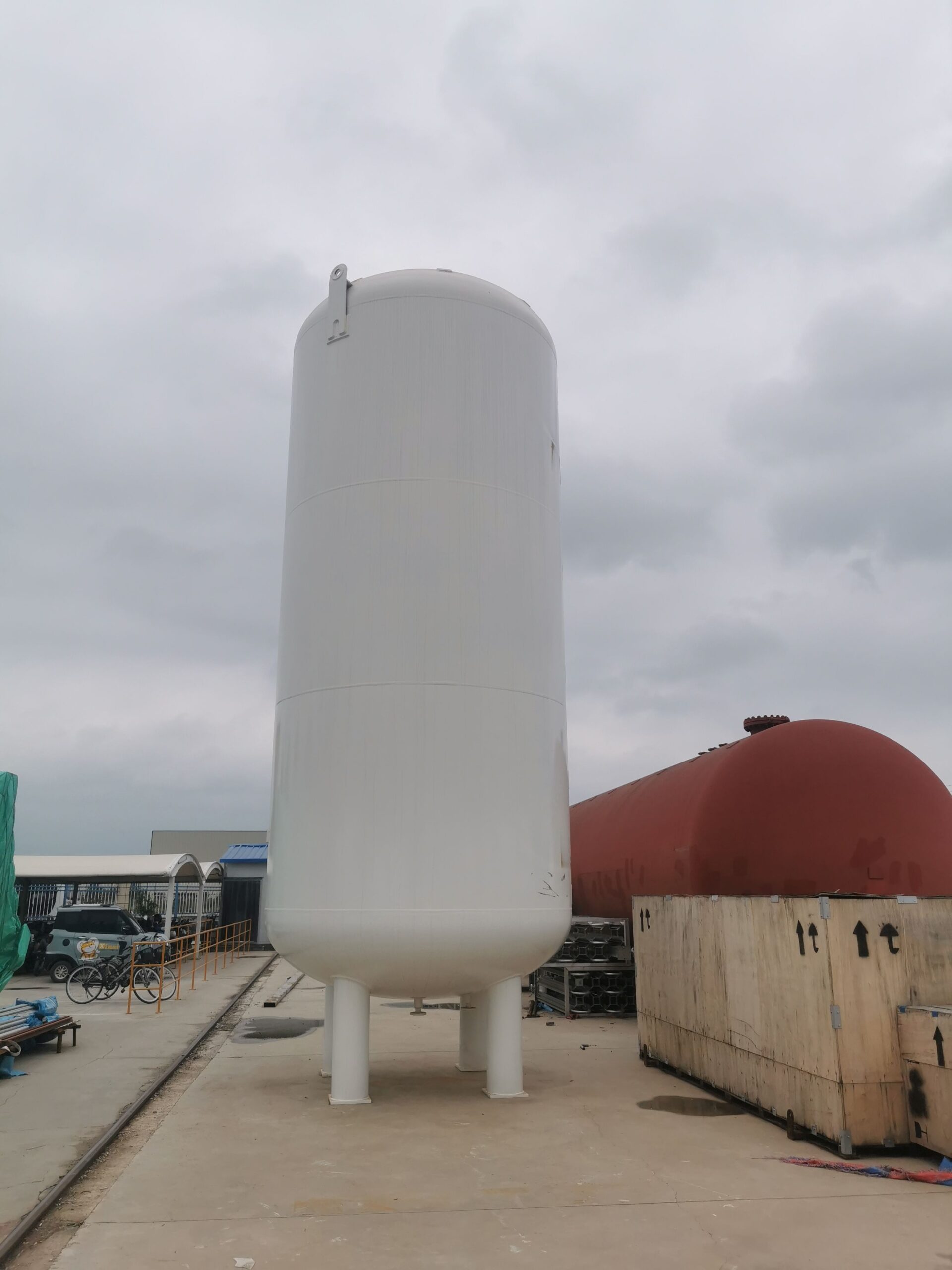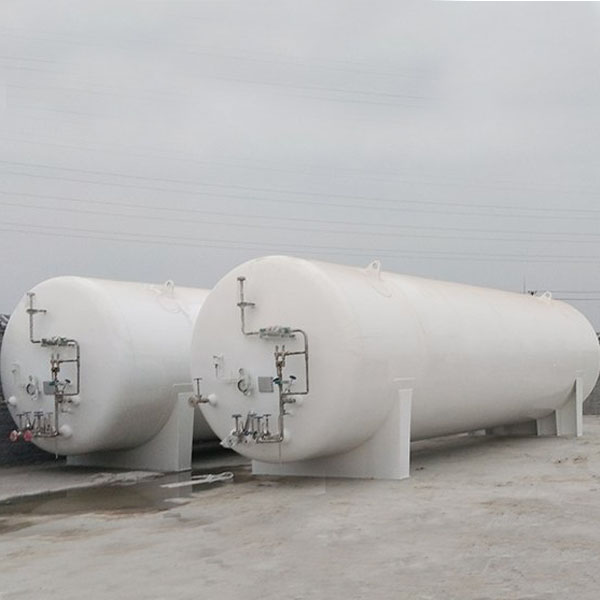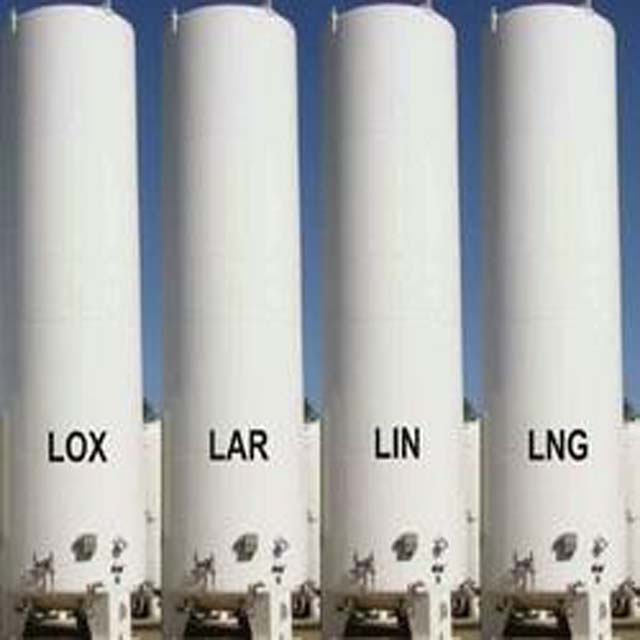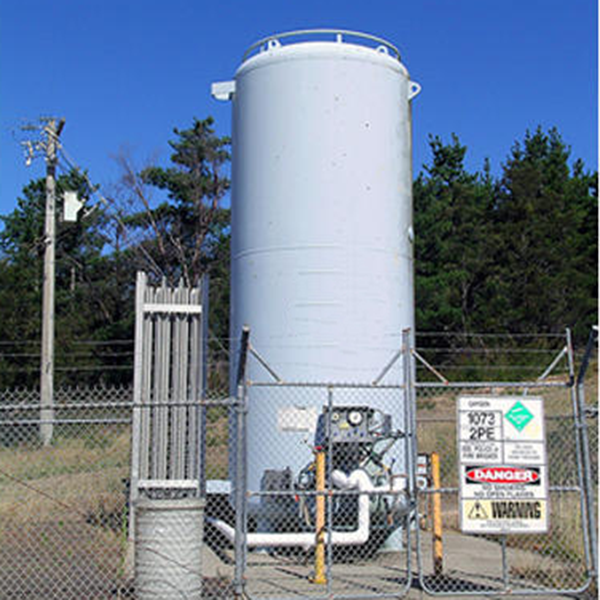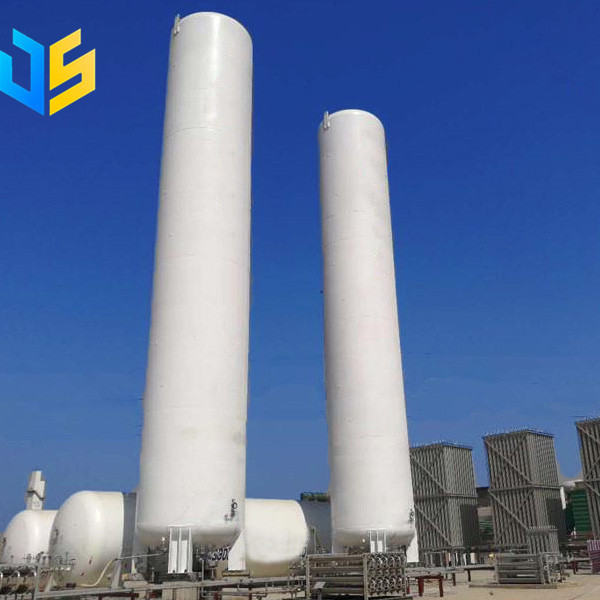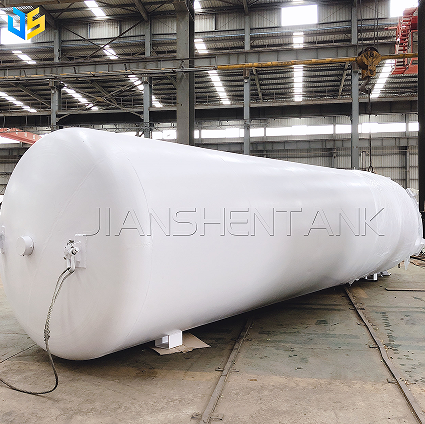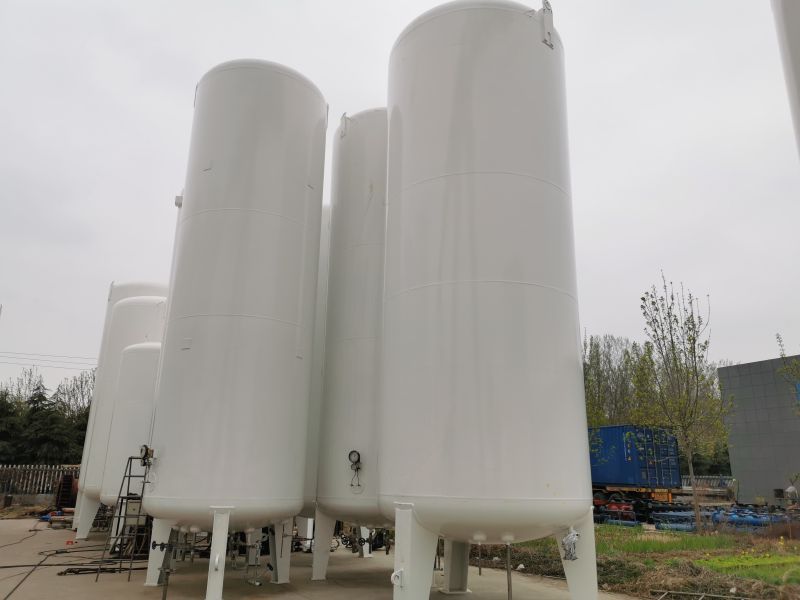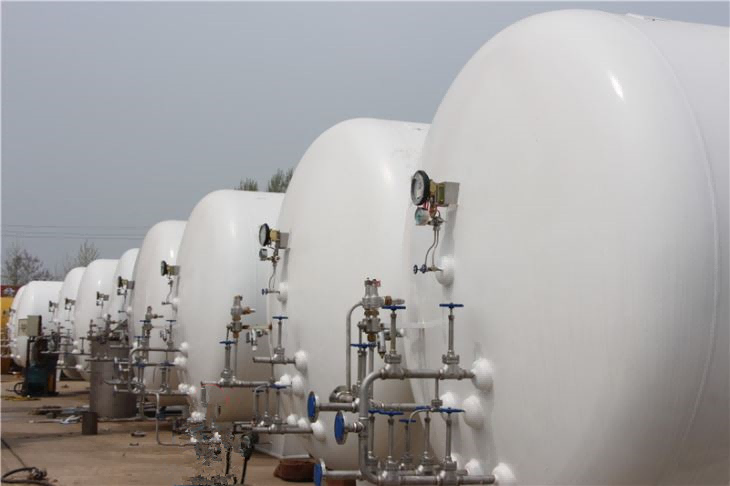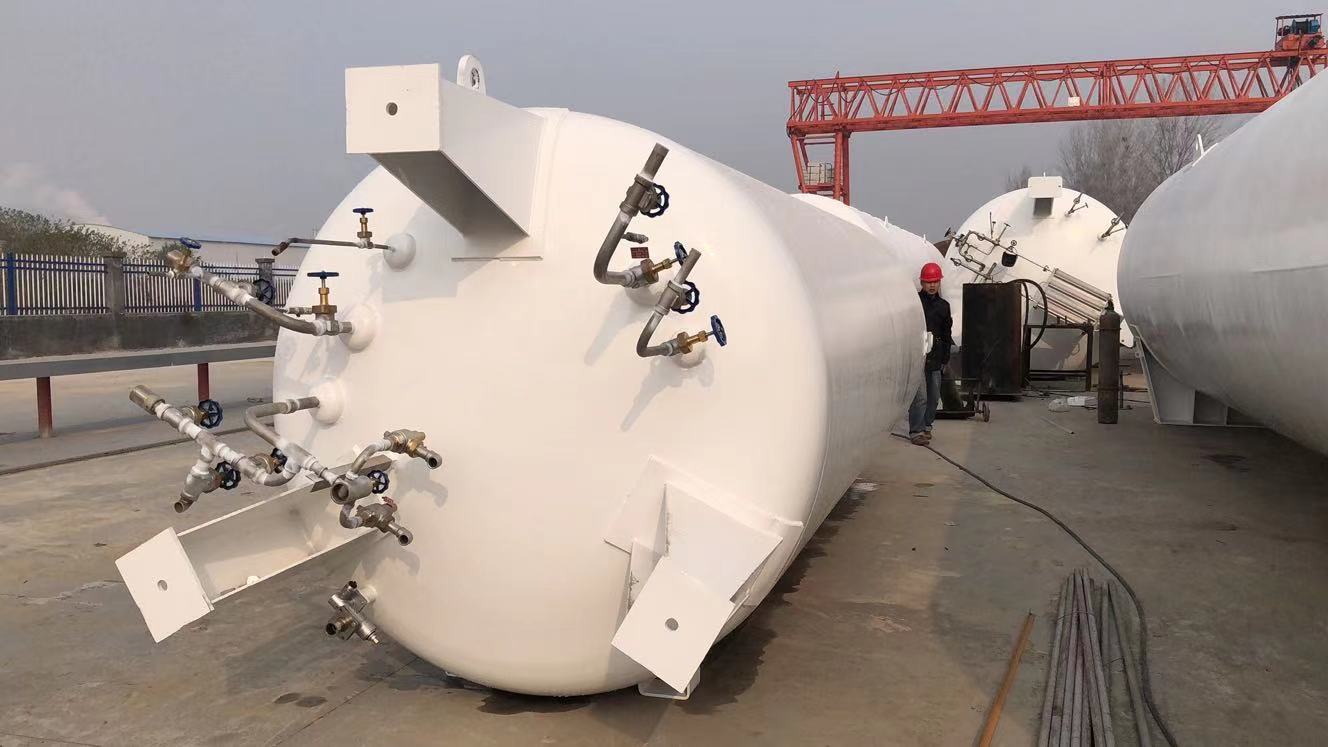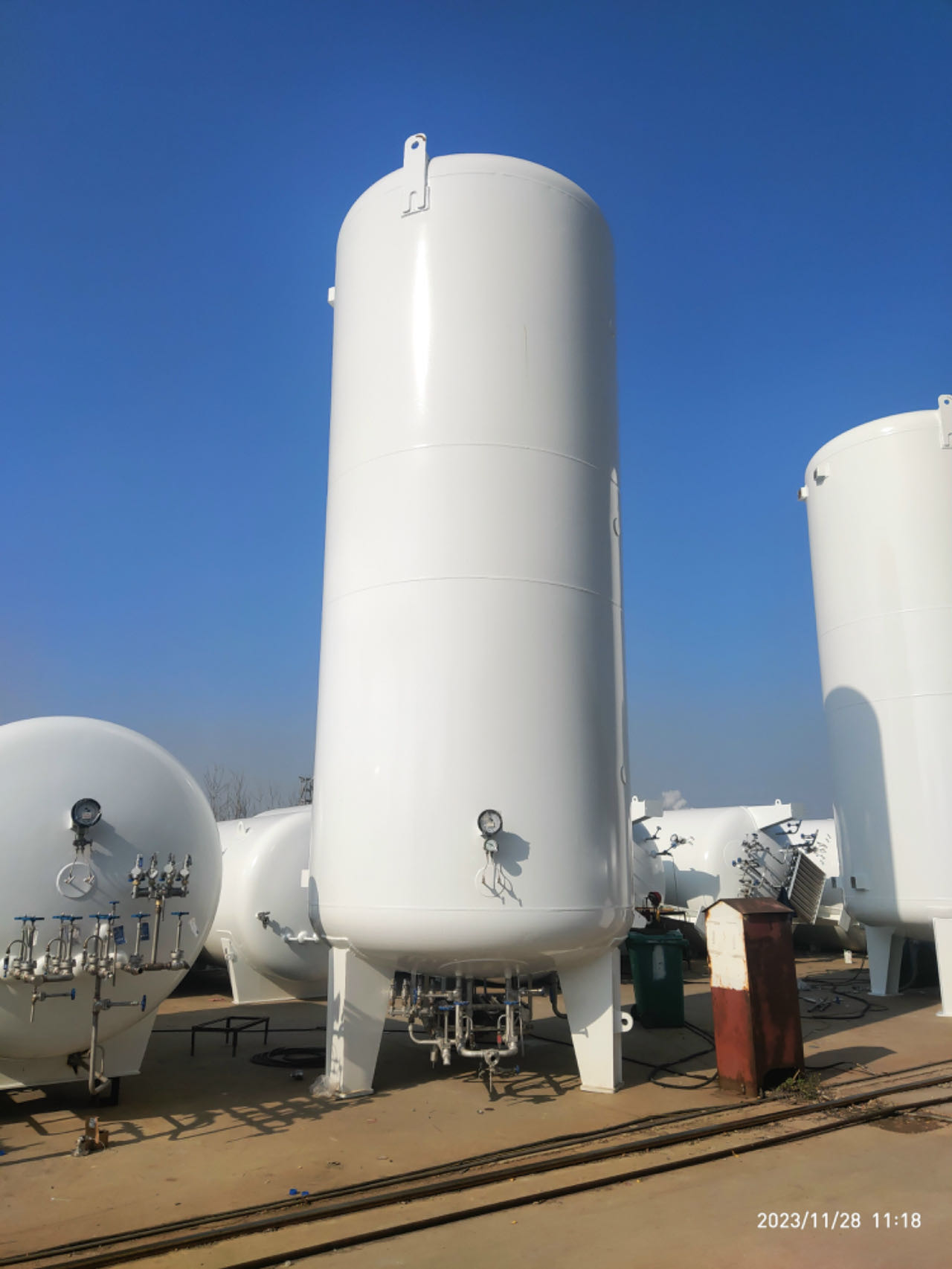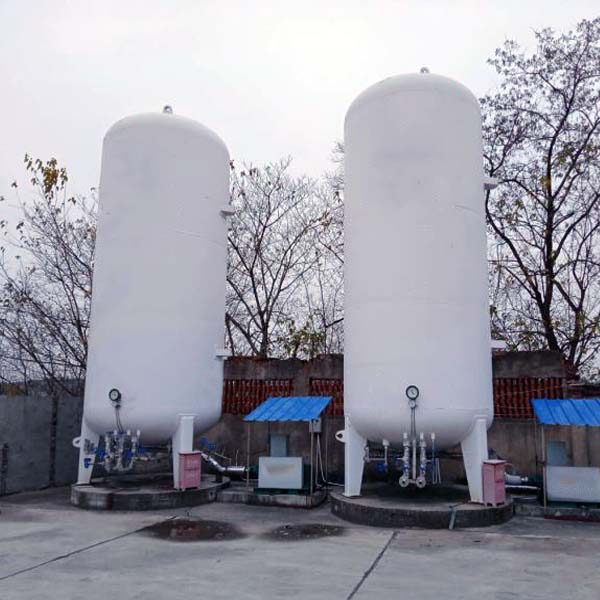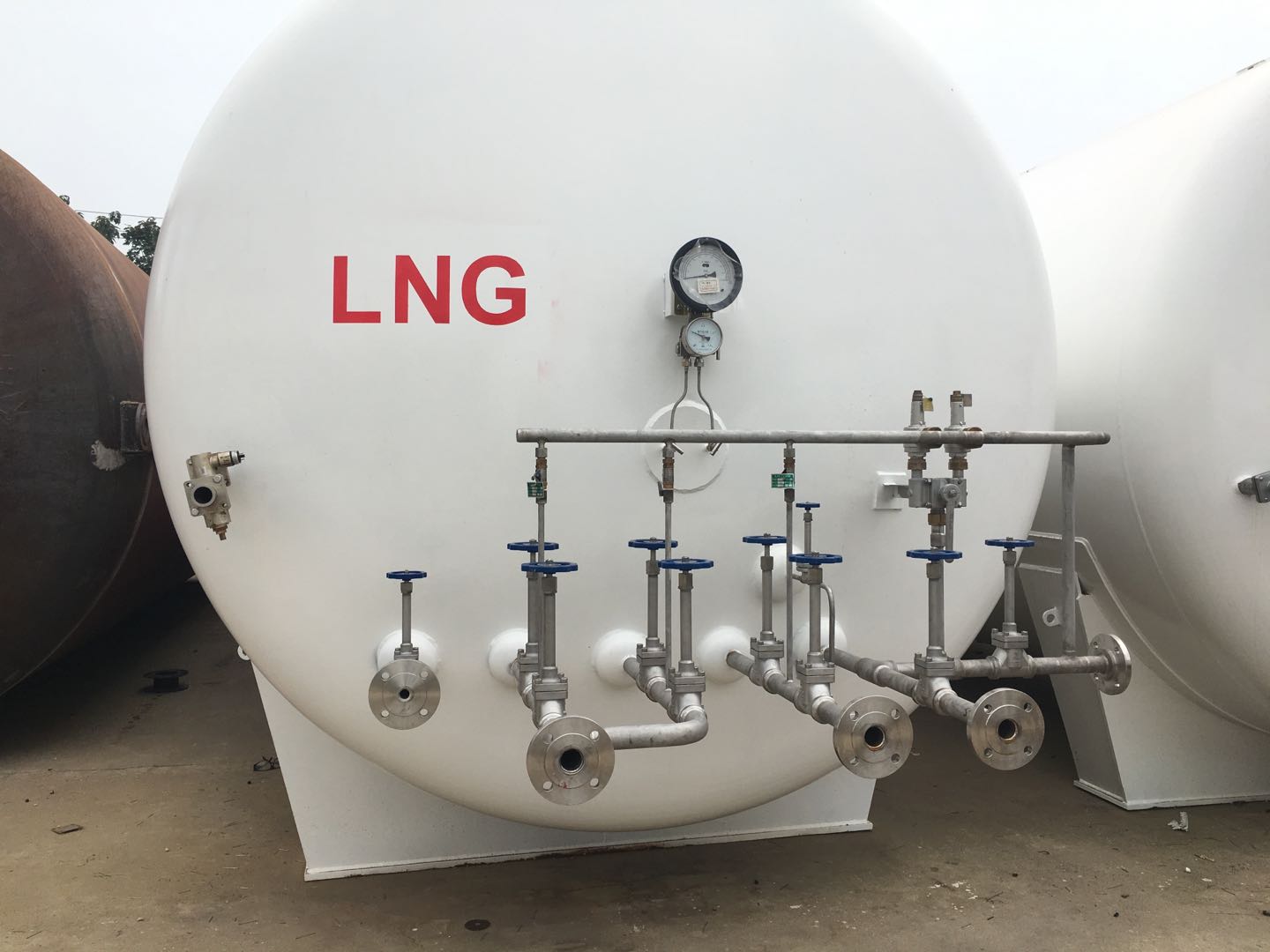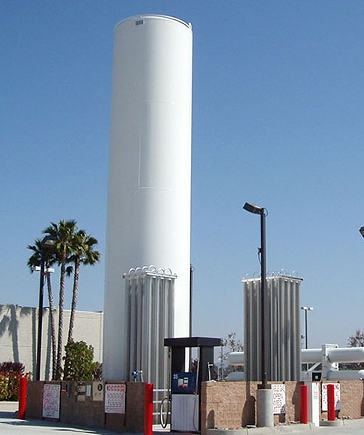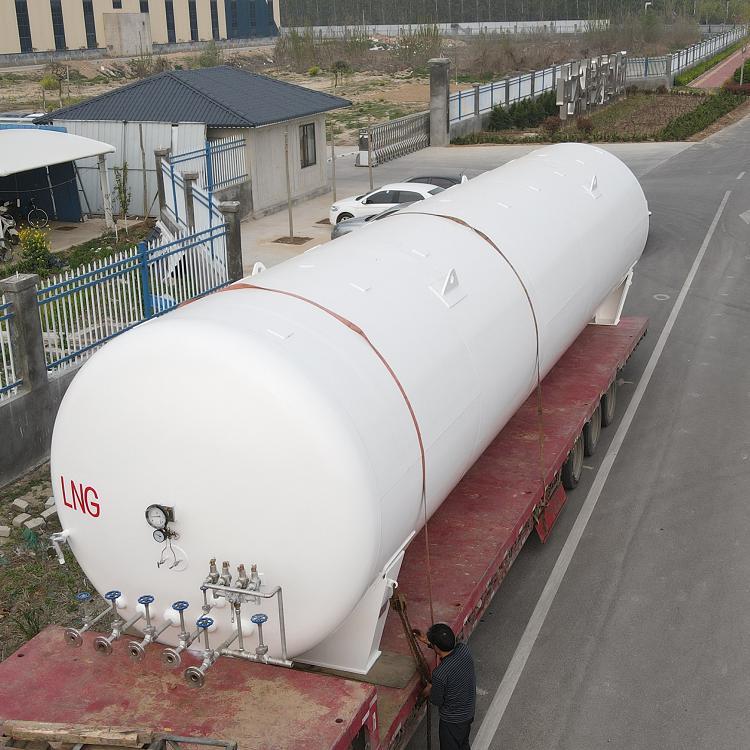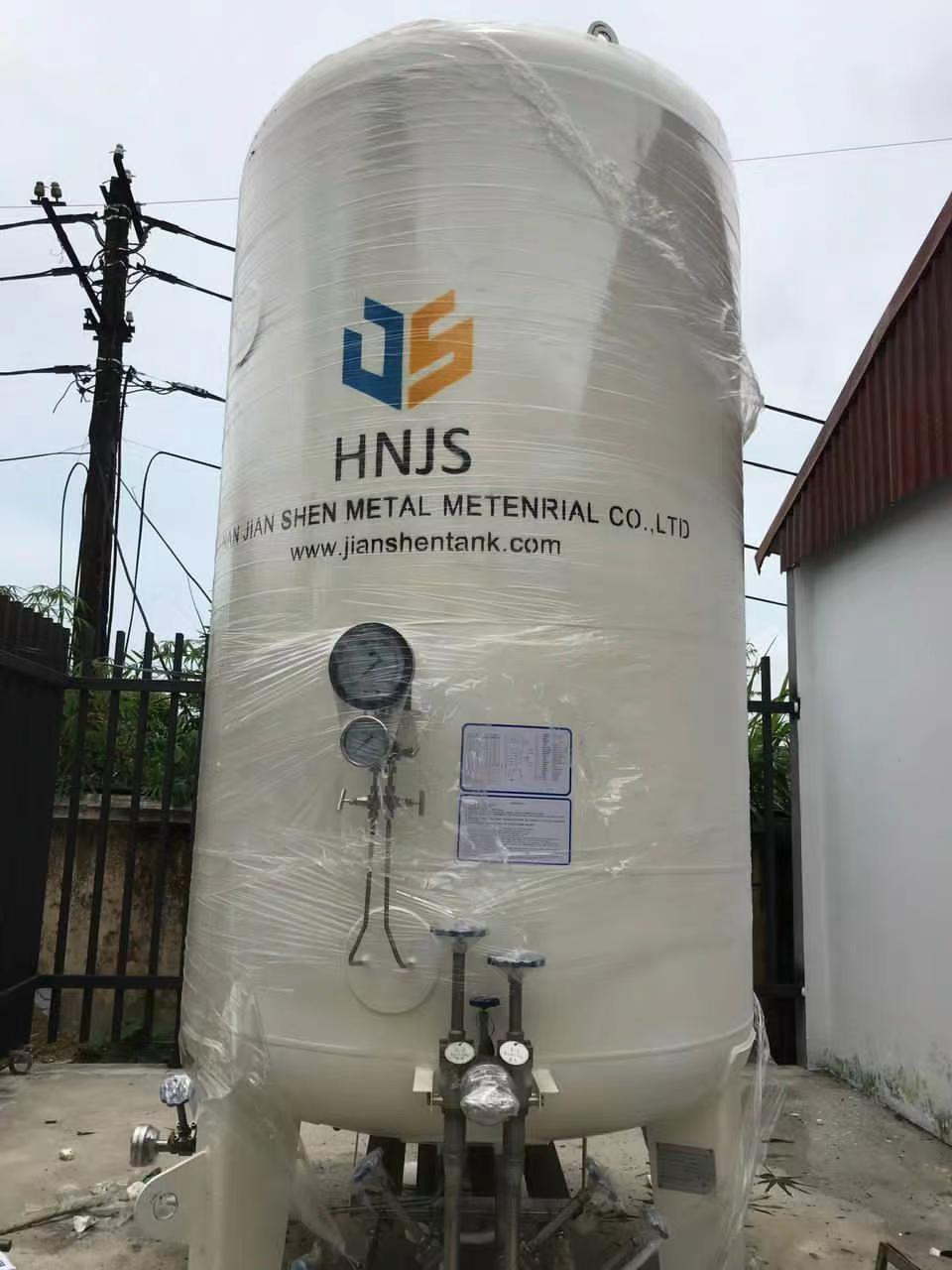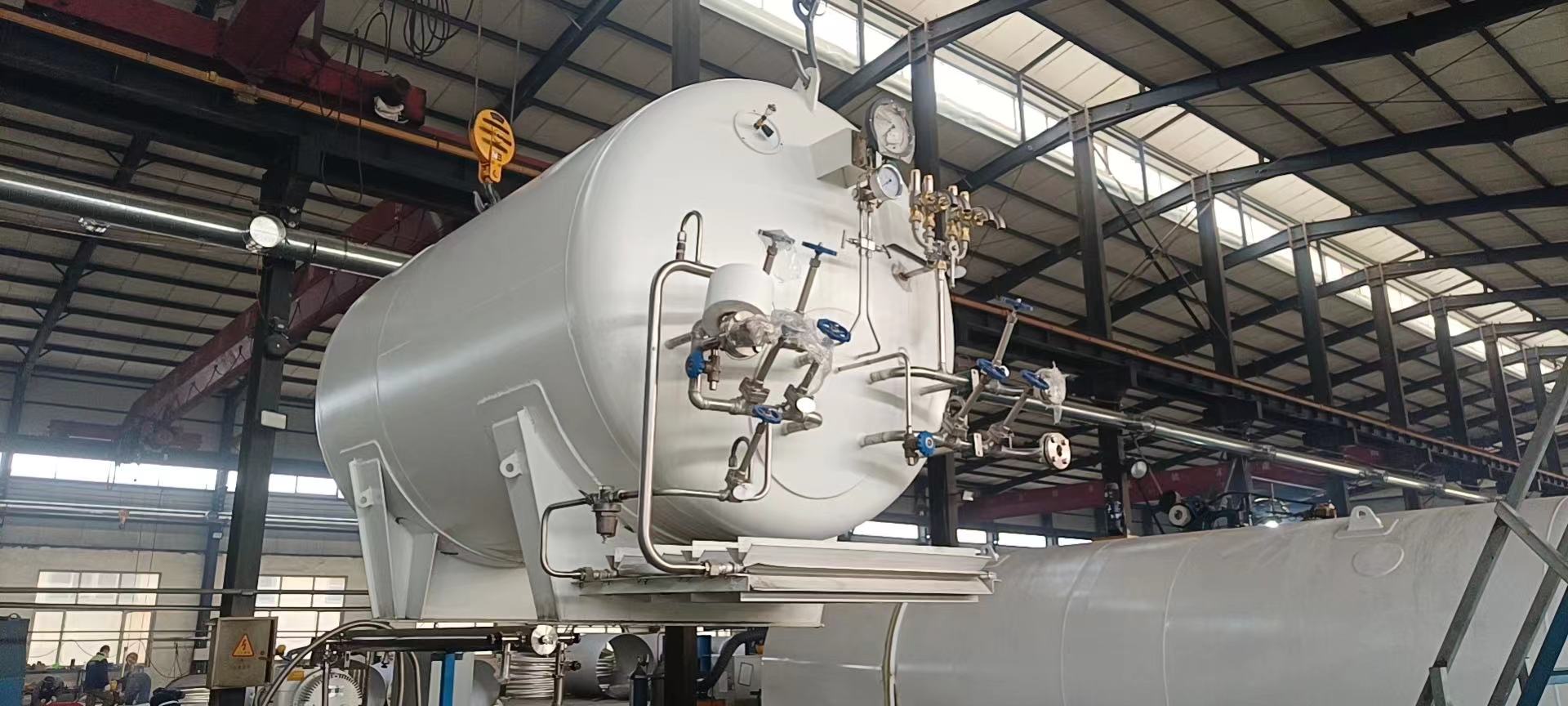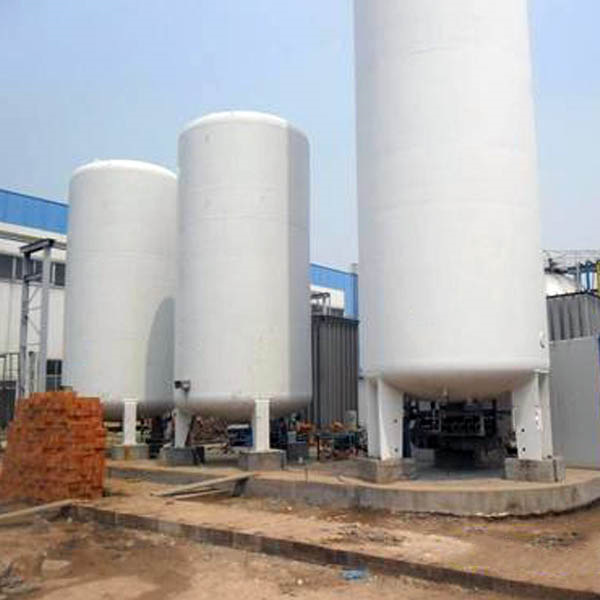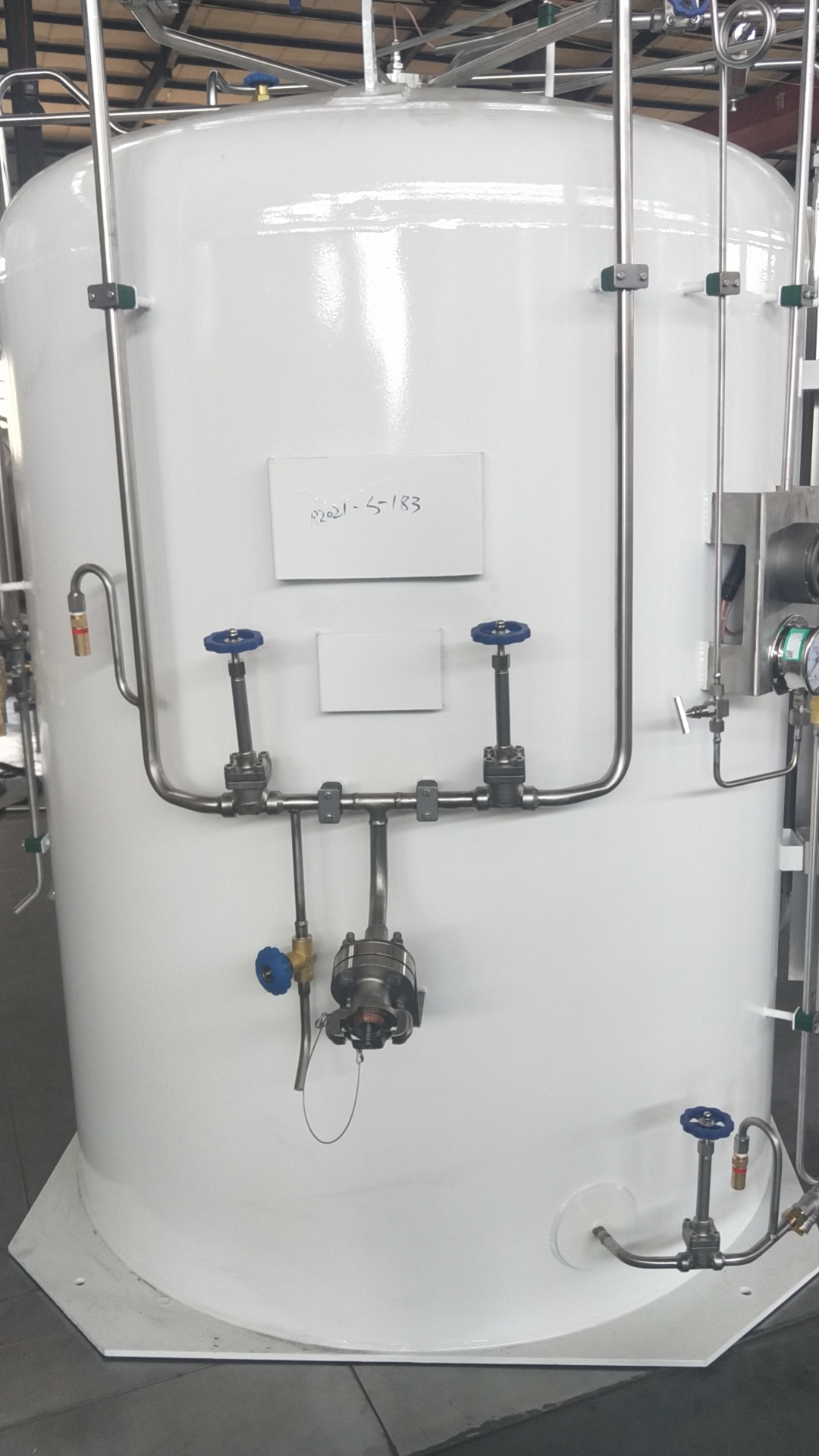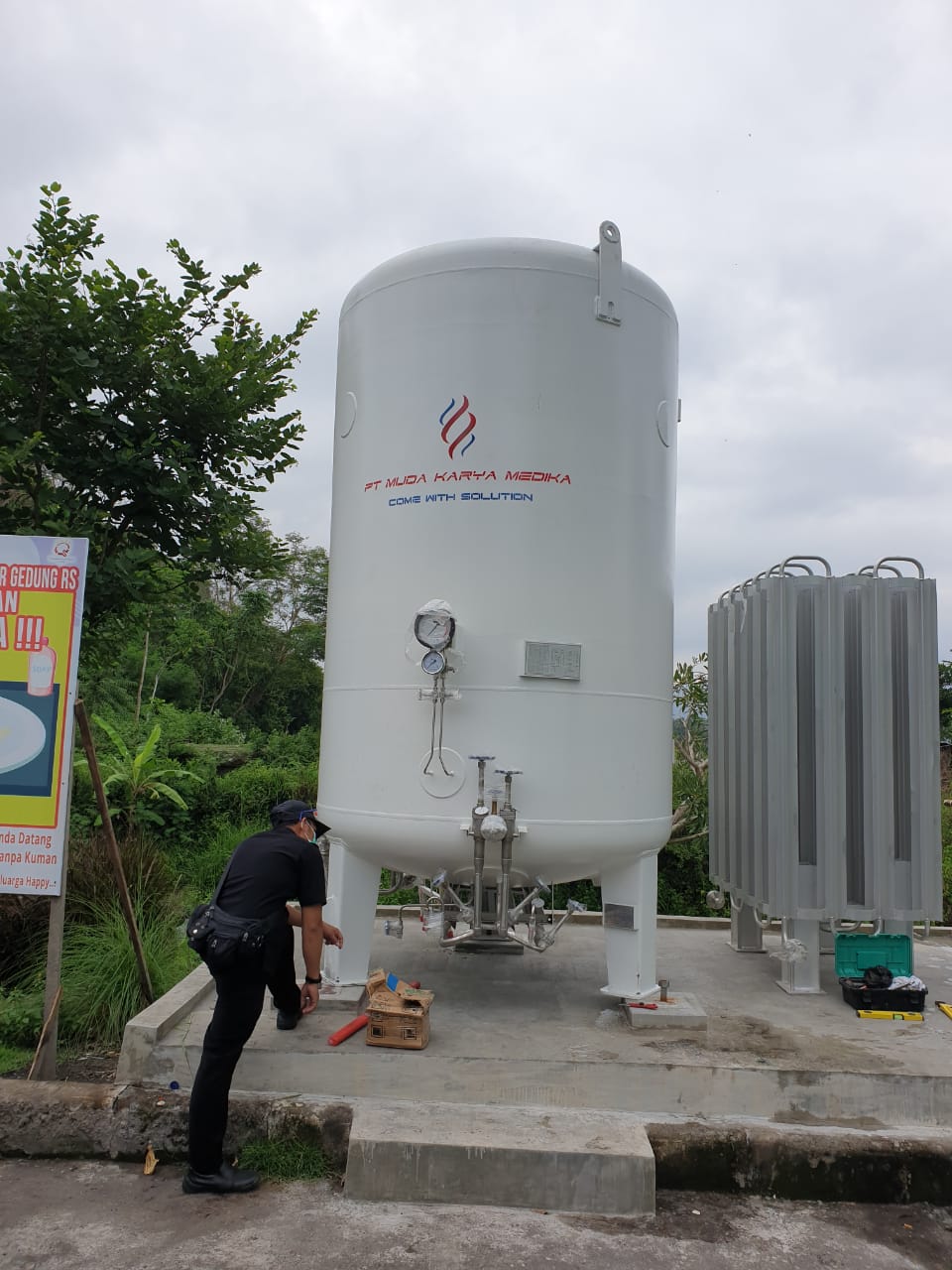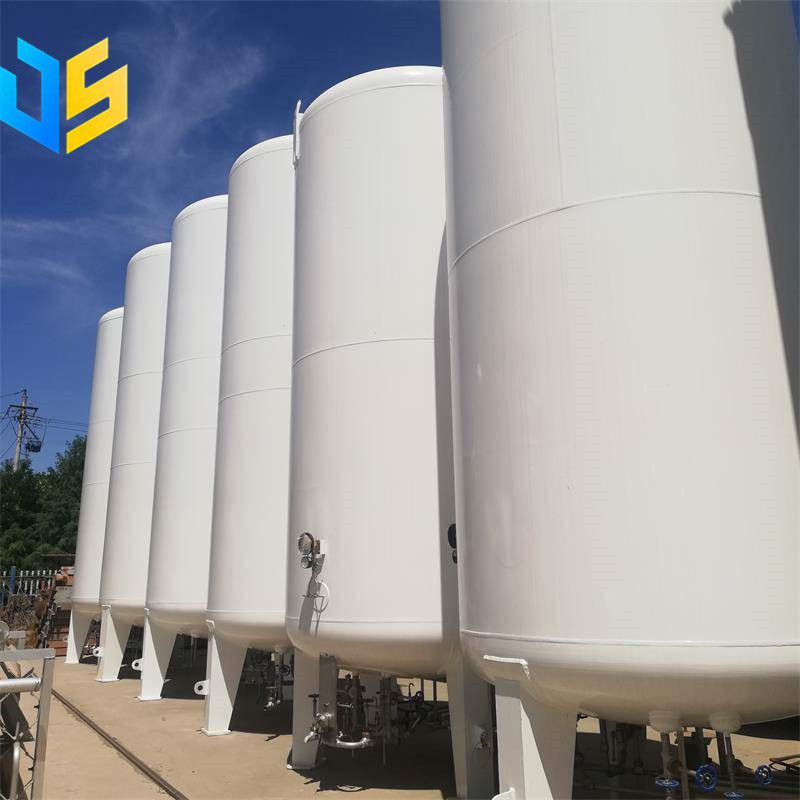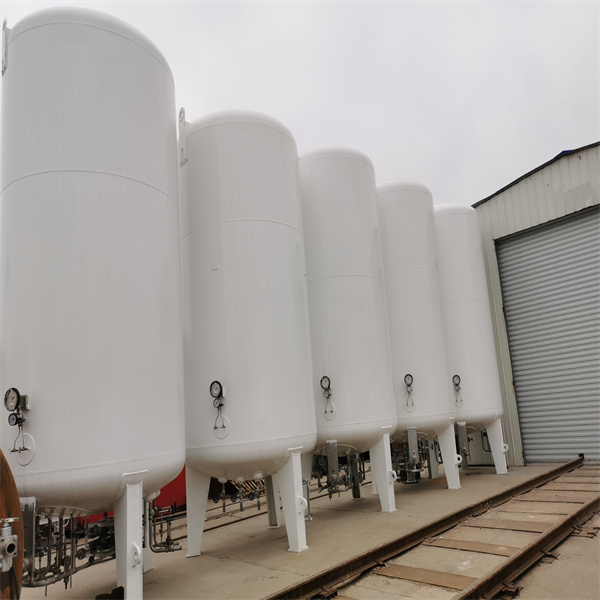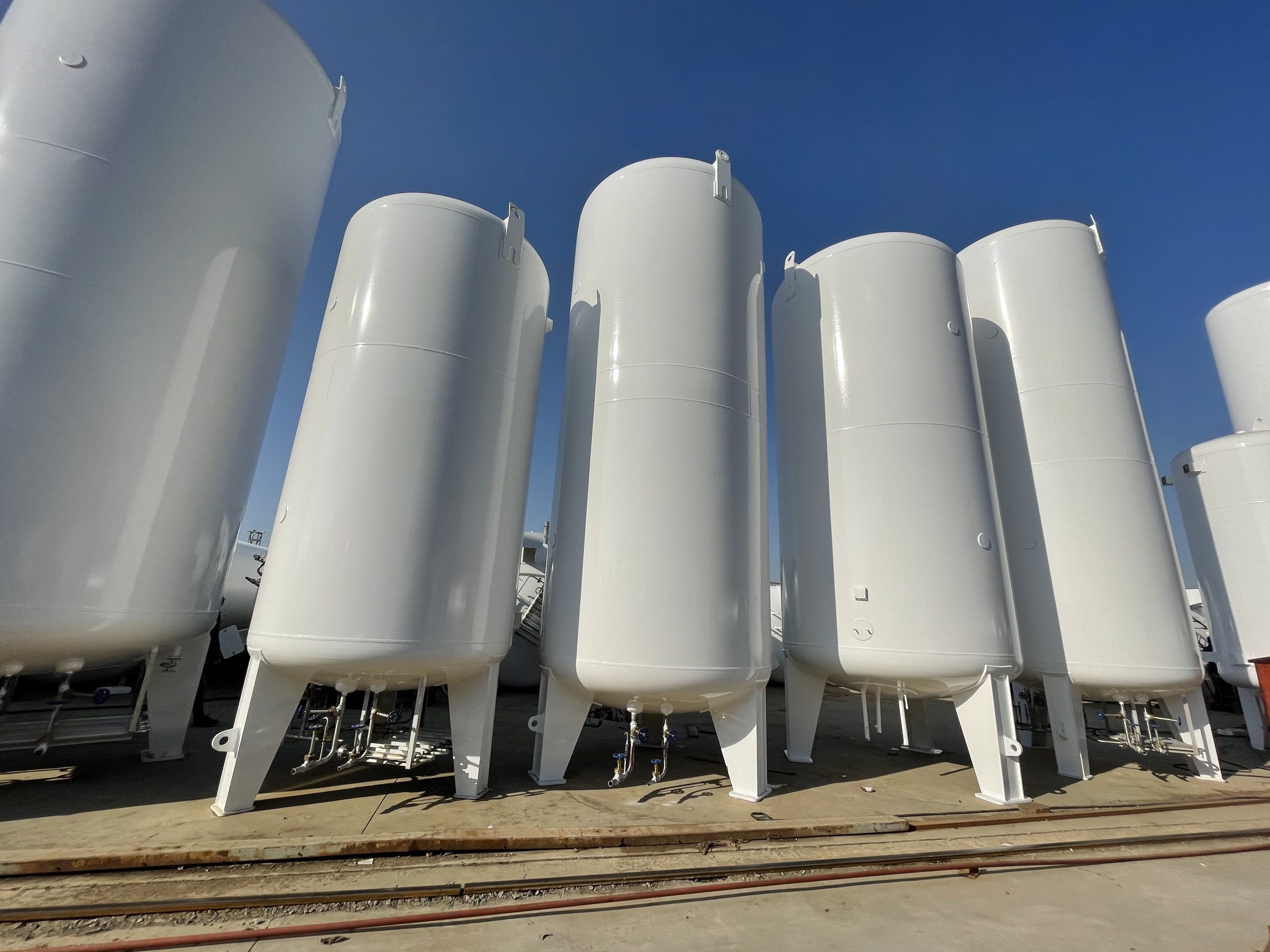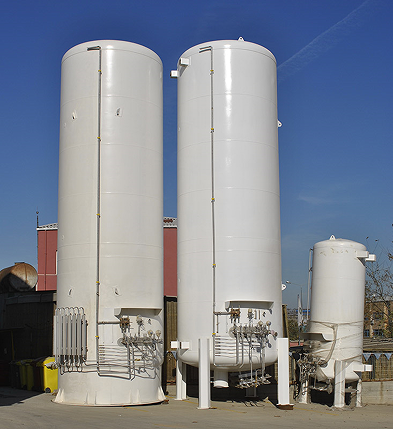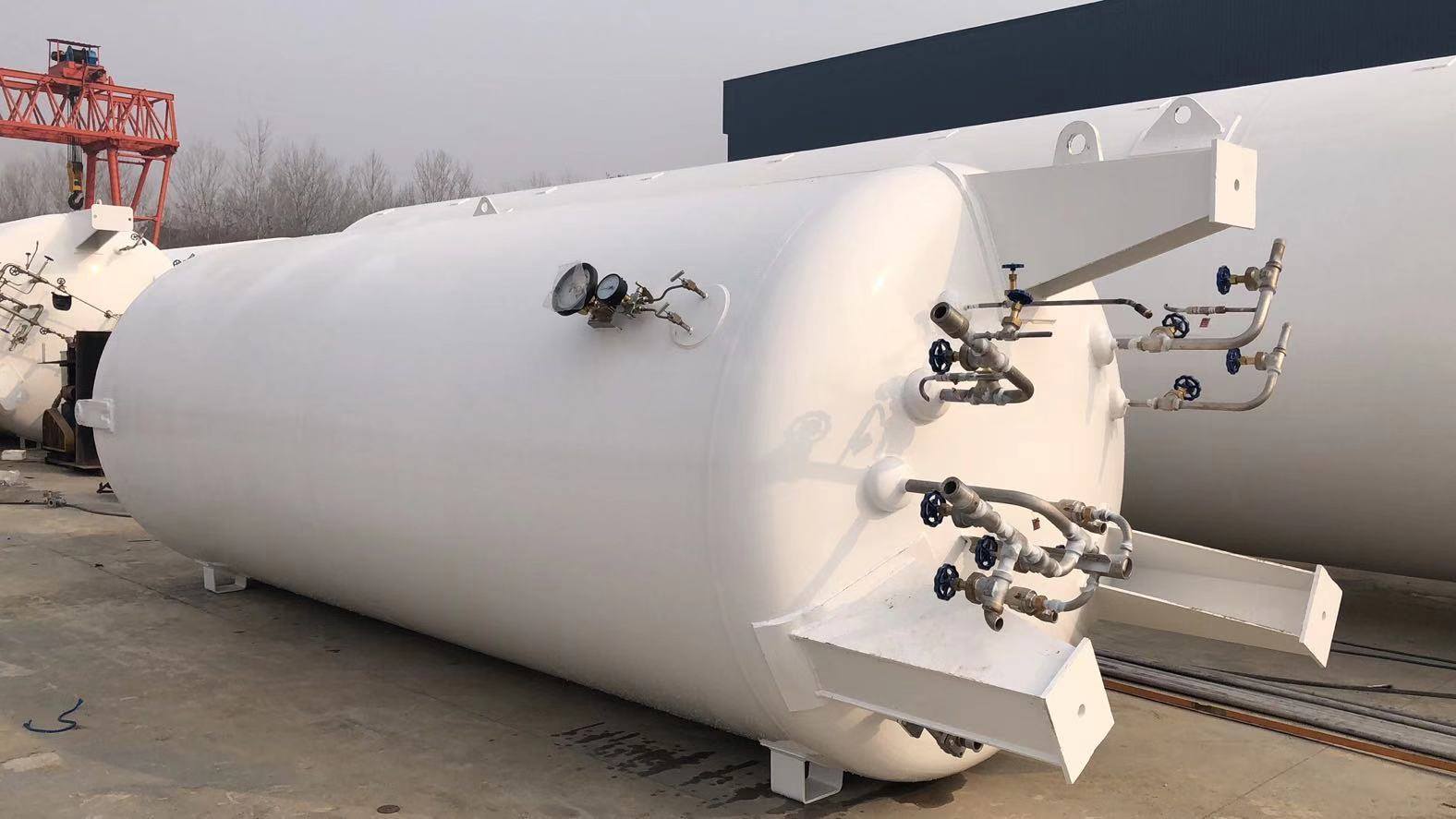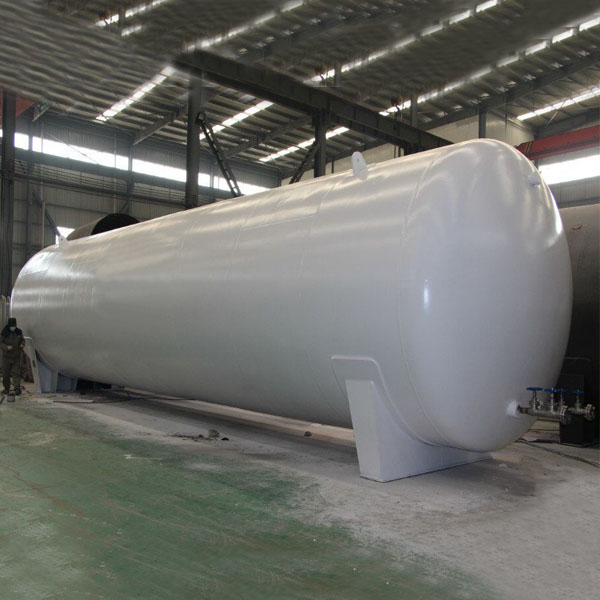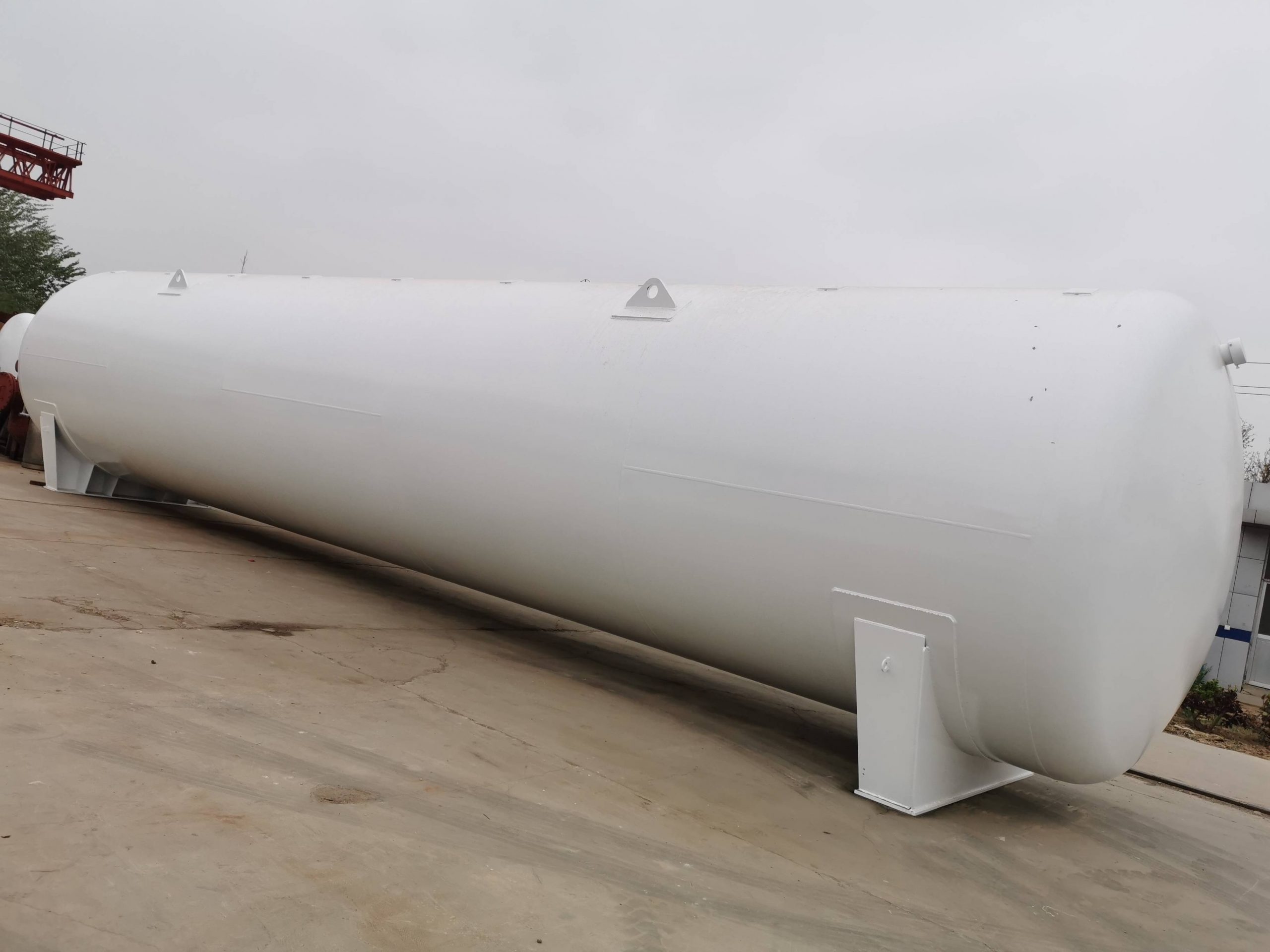Design and safety of liquid oxygen storage tanks
The design of liquid oxygen tanks must meet strict safety standards to ensure that there will be no accidents such as leakage or explosion during storage and use. Here are some key design and safety factors:
Structural design: Liquid oxygen tanks usually adopt a double-layer structure, with the inner tank responsible for storing liquid oxygen and the outer tank for insulation. The tank material must have good low-temperature toughness and corrosion resistance.
Safety valve and vent pipe: The tank is equipped with a safety valve to prevent excessive internal pressure. In addition, the vent pipe is used to discharge excess gas to ensure that the pressure in the tank is always within a safe range.
Temperature monitoring: The tank is equipped with a temperature sensor and a monitoring system to monitor the temperature of the liquid oxygen in real time to prevent excessive temperature from causing vaporization and pressure increase.
Leak detection: The tank is equipped with a leak detection device to detect and handle any possible leaks in a timely manner to ensure the safety of the storage environment.

